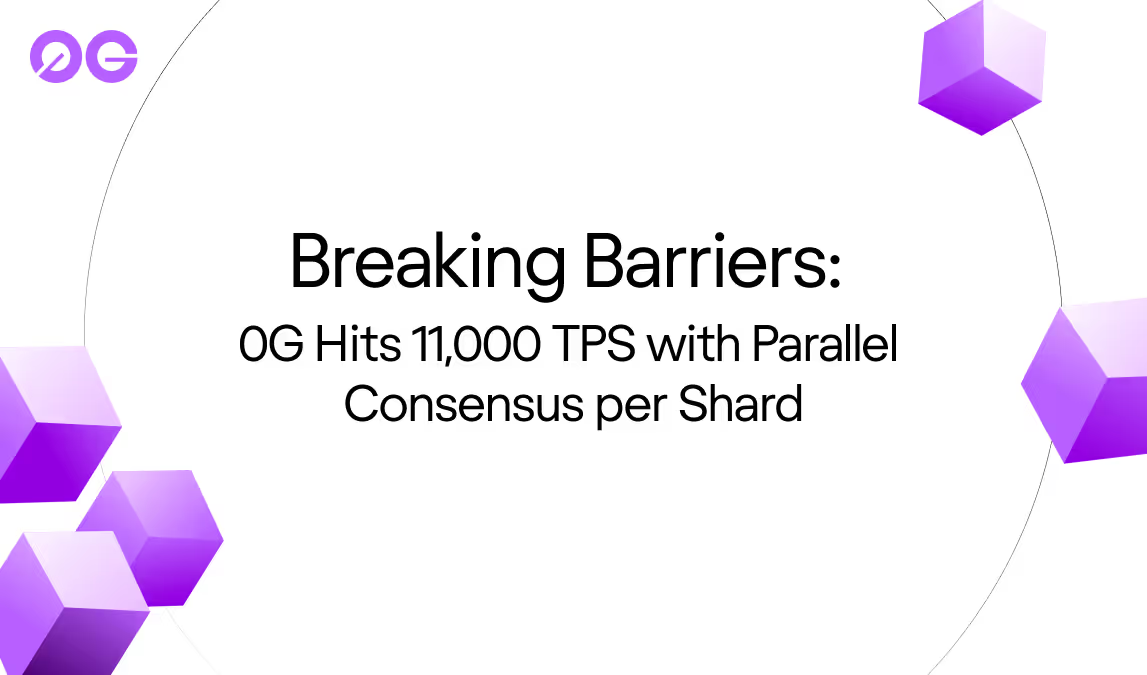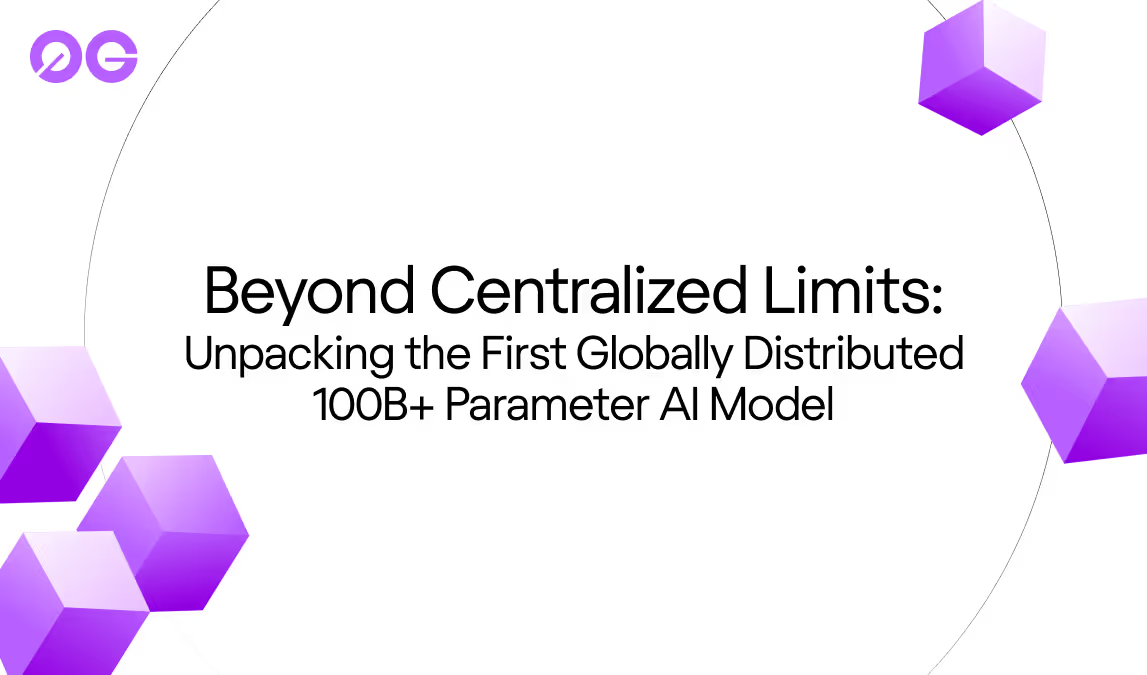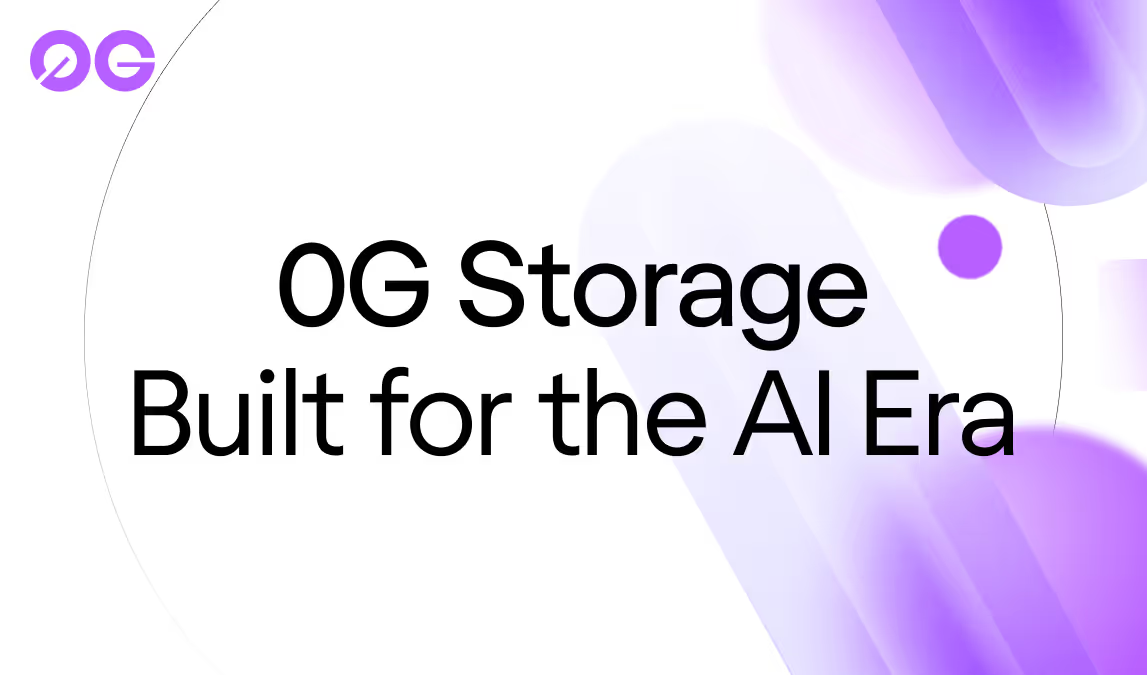

Why the World Needs Decentralized AI
As AI systems become more powerful and ubiquitous, it’s crucial to pause and ask ourselves: what do we actually want from AI?
Do we want AI to be a black box where a handful of corporations control what it knows, how it thinks, and who gets access? Do we want AI to be manipulable, so outputs can be adjusted based on hidden incentives, censorship, or corporate priorities? Do we want AI to be a privilege where only those who can pay high fees or navigate restrictive APIs can tap its full potential?
If the answer to the above is no, then the AI we have today is not the AI we want.
There’s no doubt that AI models like ChatGPT and DeepSeek are popular and often useful. But these models ultimately lack transparency, data reliability, and accountability because of how they are built, operated, and shared.
What we need is AI that is truly open, verifiable, and accountable—AI that works for everyone, not just the highest bidder.
Centralized AI is a Dead End
Today, AI is entirely controlled by centralized entities like OpenAI, Google, and Anthropic. While these companies have developed powerful, popular models, their approach is fundamentally flawed, resulting in several critical issues:
- Censorship & Limited Transparency: AI models like GPT-4 operate as black boxes, meaning no one outside OpenAI can verify how they work, what data they use, or whether they are biased. As a result, users must assume the AI is making the right decisions without any way to verify outputs.
- Monopoly Power & Cost Barriers: Running AI workloads requires massive compute power, which is currently controlled by a few large tech firms. Small companies, researchers, and decentralized applications are forced to rely on centralized APIs.
- Data Ownership & Privacy Risks: Today’s AI-driven products are not built for user privacy or independent data ownership. These models rely on user data harvested, monetized, and controlled by corporations.
- Limitations to Blockchain Integration: Today’s AI models require offchain execution and manual data entry. This means centralized AI cannot be a composable part of any onchain environment without an intermediary solution.
Under these conditions, AI remains siloed, centralized, and unaccountable, controlled by a handful of corporations that dictate how AI is built, used, and accessed.
All Offchain AI is Centralized
AI models like DeepSeek and Mistral represent a significant step forward from fully centralized AI services like ChatGPT and Gemini. These open-weight models allow developers to run AI locally, modify models, and customize them without limited APIs or corporate oversight.
But while open-weight models are a major improvement over closed AI, they do not fully decentralize AI. Despite reducing corporate gatekeeping, they still rely on offchain hosting, centralized compute, opaque inference processes, and unverifiable outputs—just like traditional closed-source AI.
For AI to be truly decentralized, every stage of the AI pipeline—including model training, inference, data availability, and governance—must be secured onchain in a trustless, verifiable way.

Bringing AI Onchain
Not all onchain AI is built the same. While several blockchain projects are working on AI integrations, their narrower focus results in fragmented AI solutions that rely on multiple external dependencies.
- AI Storage/DA Protocols like Arweave and EigenDA provide long-term storage or scalable DA layers for AI datasets, training data, and inference outputs. However,
- Decentralized Compute Platforms like Bittensor provide distributed resources to run external AI workloads, and are not stand-alone AI deployment solutions.
- AI Agent Marketplaces let users buy and sell AI data, models, and services. But unlike 0G, these platforms cannot train models or verify agent outputs in-house.
- Middleware / Service Layers like The Graph bridge between AI and blockchains using centralized/external AI APIs. This is a far cry from 0G's unified AI L1 infrastructure.
- AI-Enabled Applications leverage AI for consumer use cases, but require a robust, low-cost AI infrastructure to function and scale.
0G is the only infrastructure purpose-built to support AI execution, inference, and storage in a way that is truly decentralized, reliable, scalable. Unlike the above categories, 0G’s AI-native L1 encompasses:
- Decentralized Storage & Data Availability, with all AI training occurring natively on 0G.
- Verifiable AI Outputs instead of black-box results, via 0G’s Proof-of-Inference.
- Censorship-Resistant Inference Execution, secured by 0G’s 0G Alignment Nodes.
- Fully Composable AI that can be customized and deployed anywhere onchain.
The result is a user-friendly, full-stack solution that combines and optimizes the entire AI pipeline within a single onchain environment.
Decentralized AI Isn’t Optional—It’s the Only Way Forward
Right now, the world’s leading AI models are in the hands of centralized corporations, throttling industry innovation and leaving users with no way to own, verify, or customize model data and outputs. Even open-weight models, while a step forward, ultimately face the same issues.
The only way to make AI trustless, censorship-resistant, and accessible to all is to bring it fully onchain. That means moving beyond fragmented AI solutions and towards a unified, verifiable AI infrastructure that ensures AI models can be stored, trained, and used by anyone.
0G is that infrastructure—and we’re offering $8.88 million to ambitious builders who are ready to co-create the future of decentralized AI!






